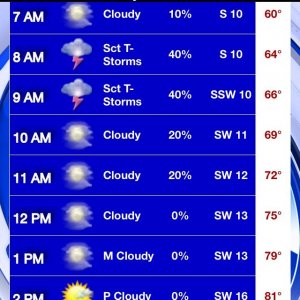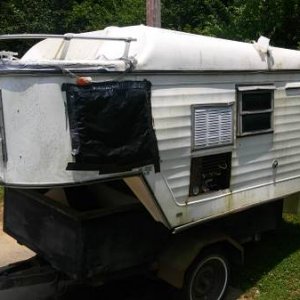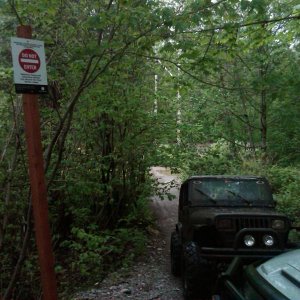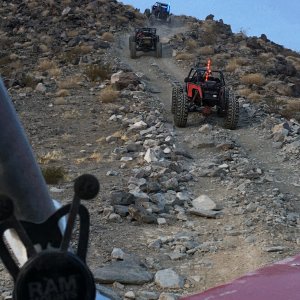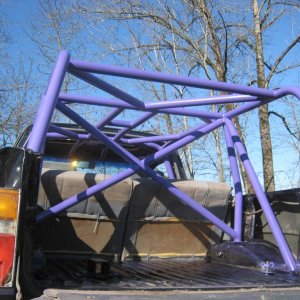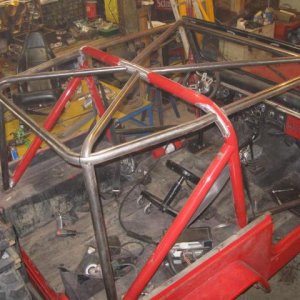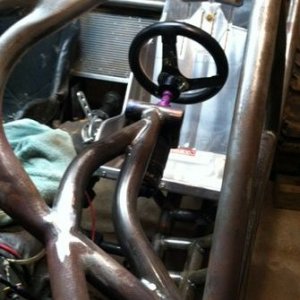L
lowbudgetjunk
Guest
So far I have had good luck with learning the basics for air shocks and coilovers. I am getting closer to burning in some tabs and want to make sure I get the basics for the rear 4 link down pat. I am going to start with this and make a second post about the 3 link in the front.
The goal is to start with the average wheelers set up for a stable 4 link and then let some of y'all add questions and comments that are way better at this.
My disclaimer is still f#ck going on Pirate. I don't mind links to it, but would rather cut off one of my balls then participate.
Feel free to add thoughts and keep the bullshit somewhere else. Once I get back home, I will take some measurements and I hope some of you guys help point me in the right direction.
Sent from my XT1049 using Tapatalk
The goal is to start with the average wheelers set up for a stable 4 link and then let some of y'all add questions and comments that are way better at this.
My disclaimer is still f#ck going on Pirate. I don't mind links to it, but would rather cut off one of my balls then participate.
Feel free to add thoughts and keep the bullshit somewhere else. Once I get back home, I will take some measurements and I hope some of you guys help point me in the right direction.
Sent from my XT1049 using Tapatalk


![IMG_4373[1].JPG](http://attachments.www.hardlinecrawlers.com/xfmg/thumbnail/9/9646-638e12d4900fe5e331aab1ed4edd722d.jpg?1625928955)
